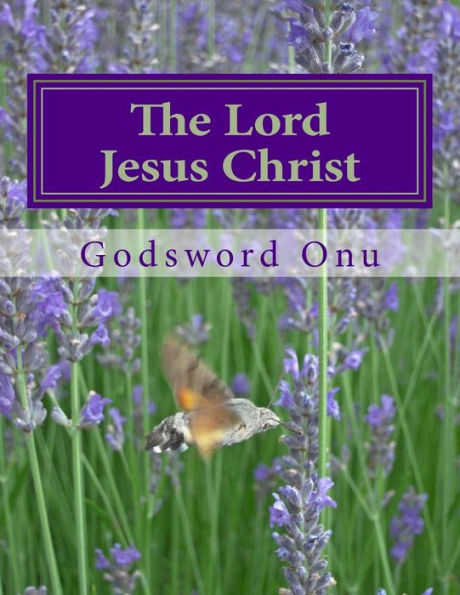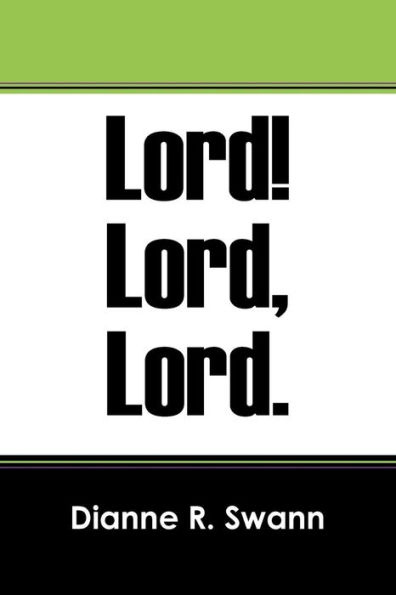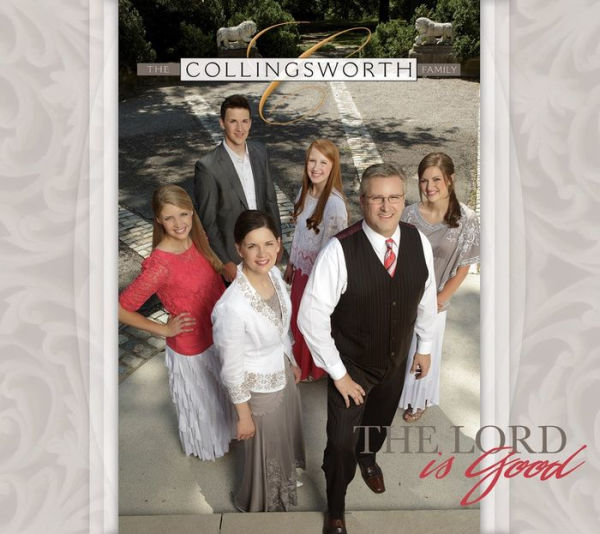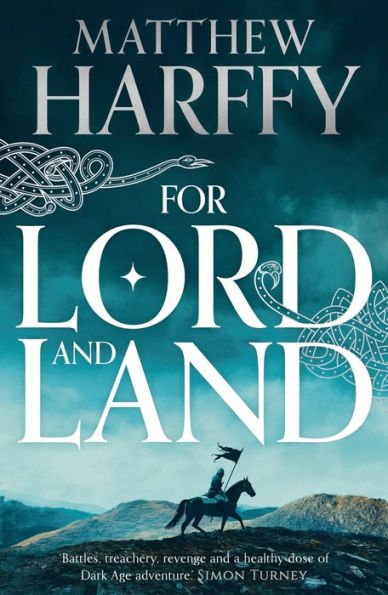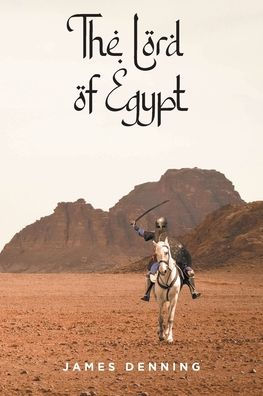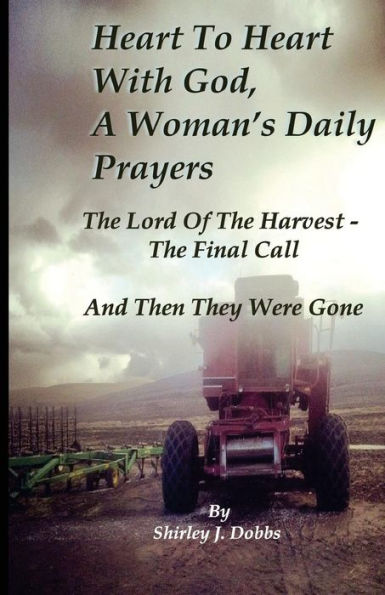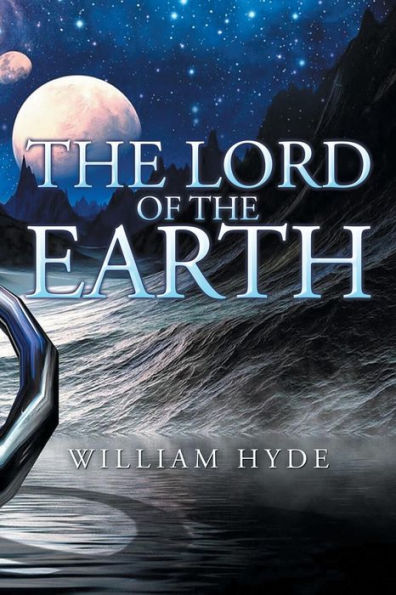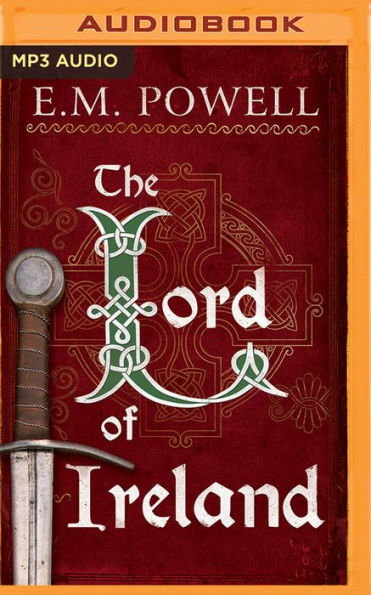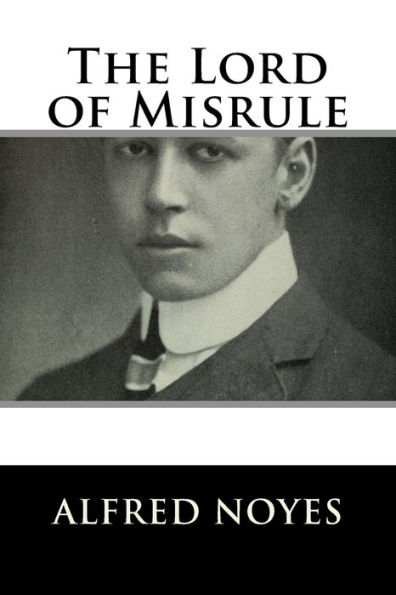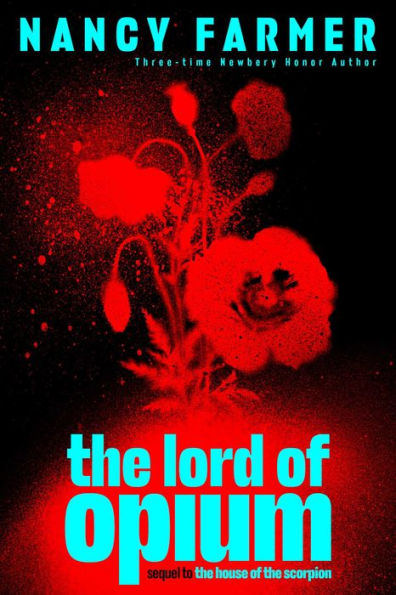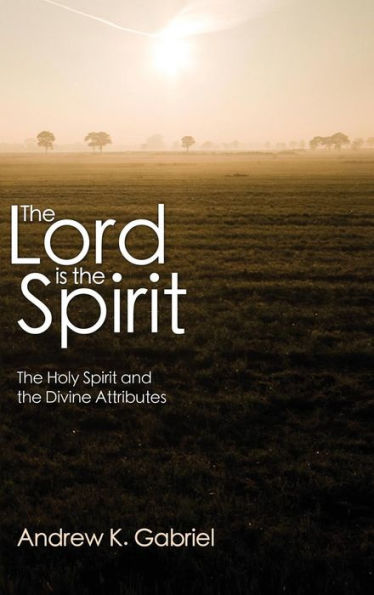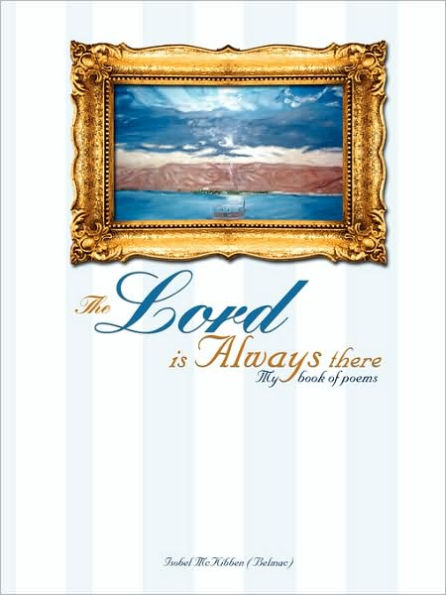Home
Lord of Lords


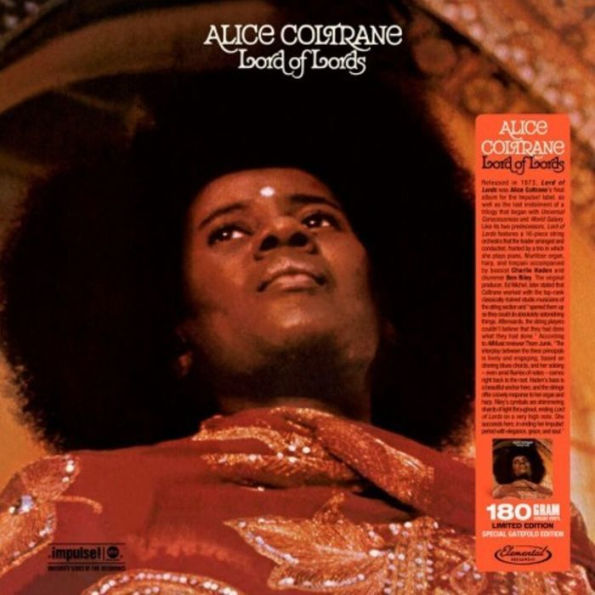
Lord of Lords
Current price: $33.99
Loading Inventory...
Size: OS
, released in 1973, was
's final album for
It was the final part of a trilogy that began with
and continued with the expansive
. Like its immediate predecessors, the album features a 16-piece string orchestra that
arranged and conducted, fronted by a trio in which she plays piano, Wurlitzer organ, harp, and timpani with bassist
and drummer
.
was familiar with the setting because he had been part of the sessions for
. The first two pieces,
and
(titled after the spiritual name for her late husband,
), are, in essence, classical works. There is little improvisation except on the piano underneath the wall of strings. They are scored for large tone clusters and minor-key drone effects, but also engage in creating timbral overtones. They are quite beautiful, yet have little or nothing to do with jazz except for the seemingly free passages toward the end of the latter track, but even these feel scored, because of the control of tension and dynamic.
which uses the organ to open the piece, features the strings playing almost (because with
, she interpreted in her own way) directly from
's score. The droning organ is so gorgeous underneath those reaching strings that it's breathtaking. As to why she chose this piece as the centerpiece for her own album, she claimed that
came to her in a vision and passed something on to her in a glass vial, a liquid that she drank!
appear in earnest on the title track, a long modal piece where drones, rhythms, and time signatures are registered through the direction of
's piano and harp, creating a blissful kind of tension and dynamic. It cracks open at about six minutes, and
(on the organ),
, and
engage in some lively improvisation, with the strings offering trilling high-end swooping in the background. The set ends with
's transformation of a gospel hymn called
Her harp introduces
's brushes and the strings, which in turn offer a root chord for her to play the melody and improvise upon it on the organ. Here the blues make their presence known. It offers a kind of understanding for the listener that
, no matter where this musical direction was headed (even as it went further toward the Cosmic Music she and her late husband envisioned together), continued to understand perfectly where her musical root was. The interplay between the three principals is lively and engaging, based on droning blues chords, and her soloing -- even amid flurries of notes -- comes right back to the root, and she quotes quite directly from Delta blues riffs and other gospel songs.
's bass is a beautiful anchor here (although mixed a bit low), and the strings offer a lovely response to her organ and harp.
's cymbals are shimmering shards of light throughout, ending
on a very high note. While it's true that
's later
music may not be for everyone, even those who followed her earlier, more jazz-oriented recordings on
, it was obvious from the beginning that she was seeking to incorporate Indian classical music's drone center into her work, and was literally obsessed with the timbral, chromatic, and harmonic possibilities of strings. She succeeds here, in ending her
period with elegance, grace, and soul. ~ Thom Jurek
